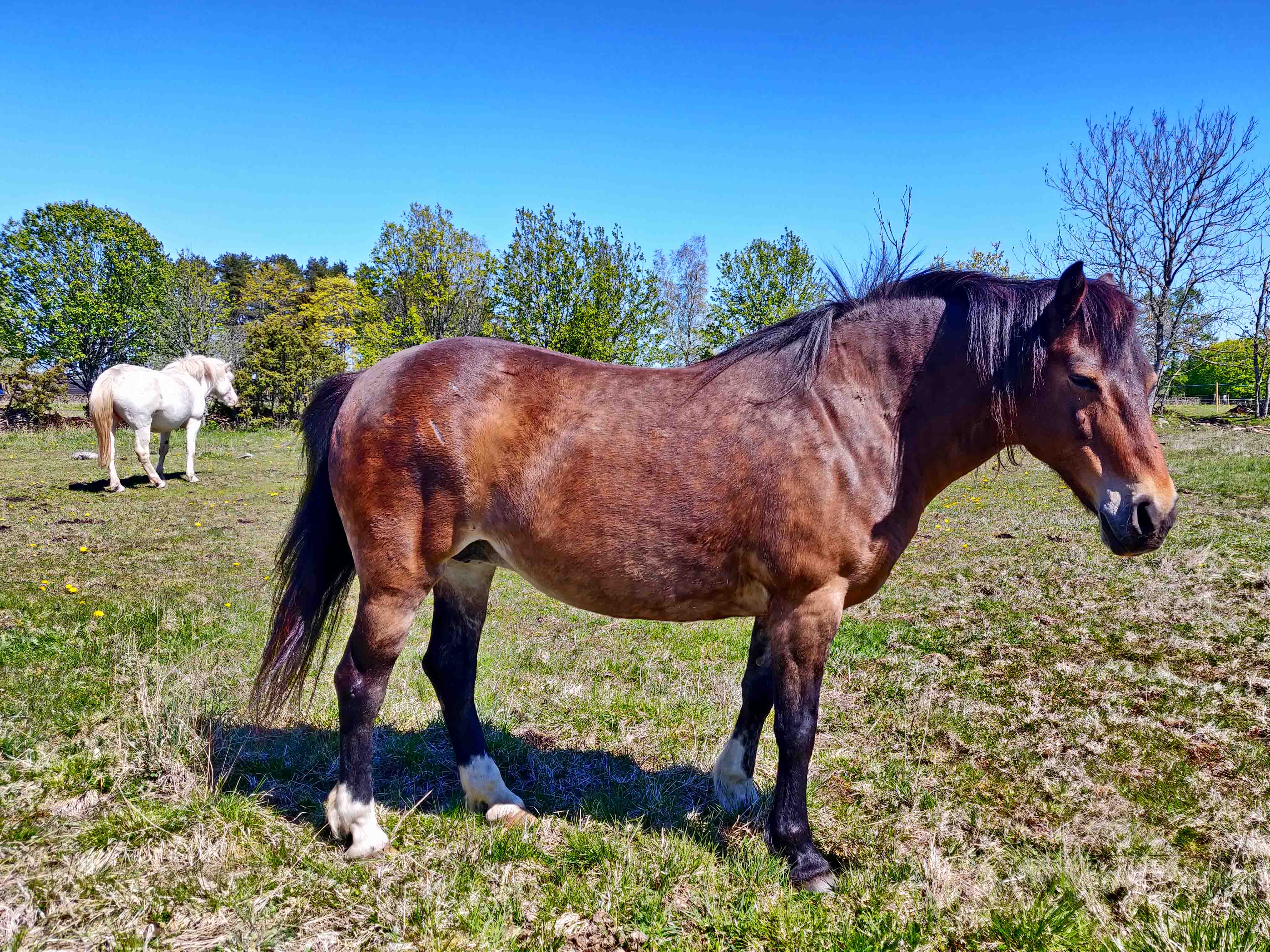Indigenous breeds and varieties are grown less due to lower productivity and they are at risk of extinction
Indigenous breeds (i.e. native breeds) and indigenous varieties are animal breeds or plant varieties created as a result of various factors, like local conditions, climate, and human breeding work. They are also called aboriginal breeds and varieties. Because they are bred and adapted for local conditions, they are often more resilient and disease-resistant, but less productive than new breeds and varieties [1]. Due to lower productivity, they are grown less and are at risk of extinction. Indigenous breeds and varieties that are at risk of extinction are called endangered breeds and varieties.

The Food and Agriculture Organization of the United Nations (FAO) has established three criteria for endangered breeds, according to which the breed must be:
- distinctive from other breeds;
- adapted to local conditions;
- scarce in number.
FAO distinguishes between the levels of endangerment of breeds and they are also used in Estonia – in Estonia, a breed with less than a thousand females or less than twenty males used for breeding is considered endangered. In the case of birds, a breed is endangered if there are less than ten thousand females or less than a thousand males.
The list of endangered breeds is approved by a regulation of the Minister of Rural Affairs. Not all breeds historically grown in Estonia are included there, but only those that meet the criteria listed above. Defining a breed is a scientific task. Genetic testing determines whether a breed is genetically homogeneous and sufficiently distinctive from other breeds. The historical Estonian origin and the existence of a population of farm animal breeds must also be scientifically proven. The breeding of Estonian animal breeds must date back at least 50 years for bovine and equine animals, and at least 30 years for pigs, goats, and sheep. This can be verified with herd books.If a breed does not meet the criteria for endangered breeds or does not have documented herd books, it is not possible to register that breed as an endangered indigenous breed[1].
Special breeding programmes are established for the preservation of endangered breeds. In addition to breeding programmes, such breeds are entered in the herd book and breeding register and all the breeding work is documented. The whole procedure is coordinated by the Agriculture and Food Board.
A similar system applies to plant varieties. The plant variety must be distinctive, uniform (specimens of the same variety must be similar), have permanent characteristics and, in addition, the variety must have a variety denomination [2]. In the case of plant varieties, the term ‘endangered variety’ is not officially used – there are varieties meant for the preservation of genetic resources, i.e. varieties adapted to local conditions, that are at risk of extinction due to human activity or environmental change [3]. Only registered varieties are protected. Upon registration, the variety is checked for compliance with the criteria and entered in the Plant Variety Register. A plant variety protection programme has been established to protect the plant varieties. Further information on the varieties of fruit and berry species registered in Estonia can be found at the Estonian Crop Research Institute and the Estonian Variety List.
Last modified: 29.08.2023
___________________________________________________________________________________
[1] Kaia Lepik, 2011. Ohustatud tõud ja põlistõud. Eesti Loodus
[2] Sort ja sordikaitse. Regionaal- ja Põllumajandusministeeriumi koduleht